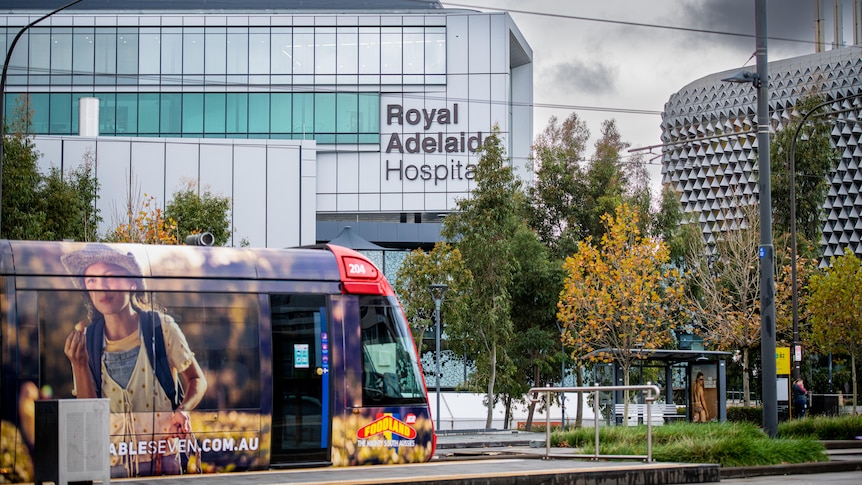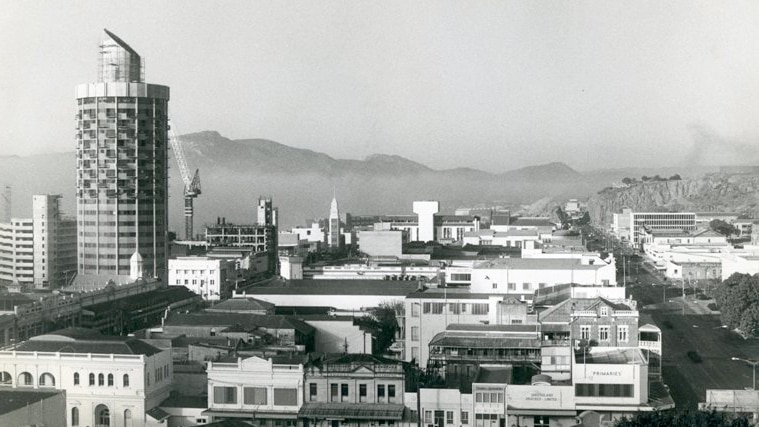The family of a disabled man who died after spending more than four months in hospital waiting for accommodation have described the National Disability Insurance Scheme and aged care system in Australia as “broken”.
Key points:
- The family of a disabled man who died waiting for accommodation are fighting for change
- Advocates say there are more than 1,000 NDIS participants “stuck” in hospital.
- The NDIS Minister says the government has taken “immediate action” to understand the situation
Mitchell Pearce, 52, died on Saturday in hospice care, little more than a day after NDIS Minister Bill Shorten ordered the agency to find him appropriate accommodation as a “matter of urgency.”
His sister Justine Richmond said her brother died peacefully surrounded by people who loved him.
Mr Pearce had been in Busselton Hospital since March 29.
His family said Mr Pearce, who was disabled since suffering brain tumors as a child, had lost the will to live in hospital, and refused to eat or drink.
Vow to keep fighting
While it was too late for her brother, Mrs Richmond urged people to keep speaking up for change.
She said since the family’s story came out on Friday she had been inundated with people wanting to share their experiences.
The family had been told there while there was no nearby supported disability accommodation for Mr Pearce, at 52, he was considered too young for an aged care facility.
“Now that he’s died, you might think well, there’s no point in fighting,” Mrs Richmond said.
“But I feel like there is, because there are still people [in hospital].”
Mrs Richmond said the family was told he would have had to be “released” from the NDIS to be considered for admission to a nearby nursing home.
“I just feel like these boxes are rigid around numbers,” she said.
“I understand that there are a lot of people with disabilities who have struggled not to have young people with disabilities put into nursing homes.
“But there are people who are 65 who can’t apply for the NDIS, while there are people like Mitchell, who at 52, probably would have benefited from being in aged care.”
Thousands in the same predicament
Research from the Summer Foundation found more than 1,000 NDIS participants were effectively stuck in hospital in Australia, with 20 per cent of those unable to be discharged because of a lack of suitable destinations.
The National Disability Insurance Agency (NDIA) said last week they acknowledged the exceptionally difficult challenges faced by Mr Pearce, and finding suitable disability housing in regional Australia could be difficult.
Last week, NDIS Minister Bill Shorten described Mr Pearce’s situation as “heartbreaking”.
He said the former Liberal Government, had “through its neglect and mismanagement of the NDIS” overseen a backlog of thousands of NDIS participants languishing in hospital beds, without disability supports.
“The Albanese Government has taken immediate action to understand the cause of delays supporting eligible NDIS participants that prevent fast and safe discharge from hospital,” he said.
“People with disability should be able to leave hospital as quickly and safely as possible, into suitable accommodation.”
.




